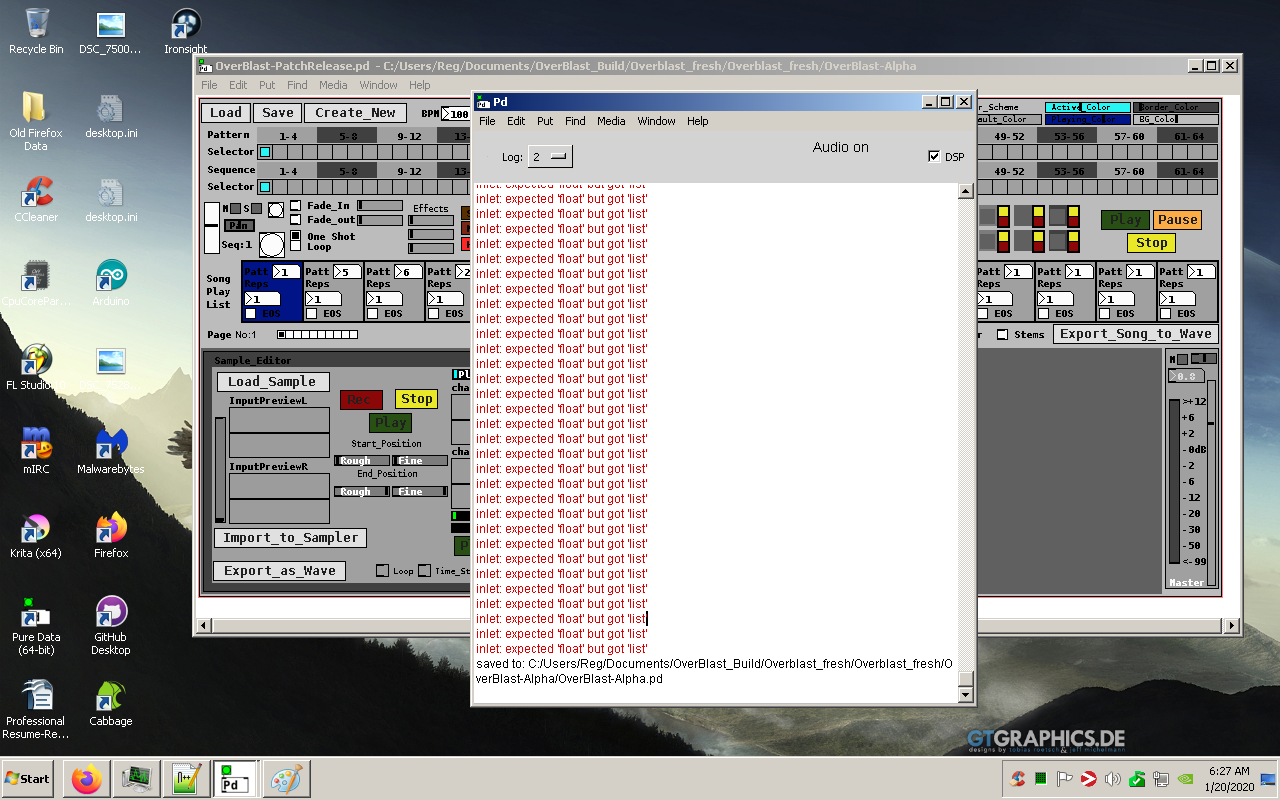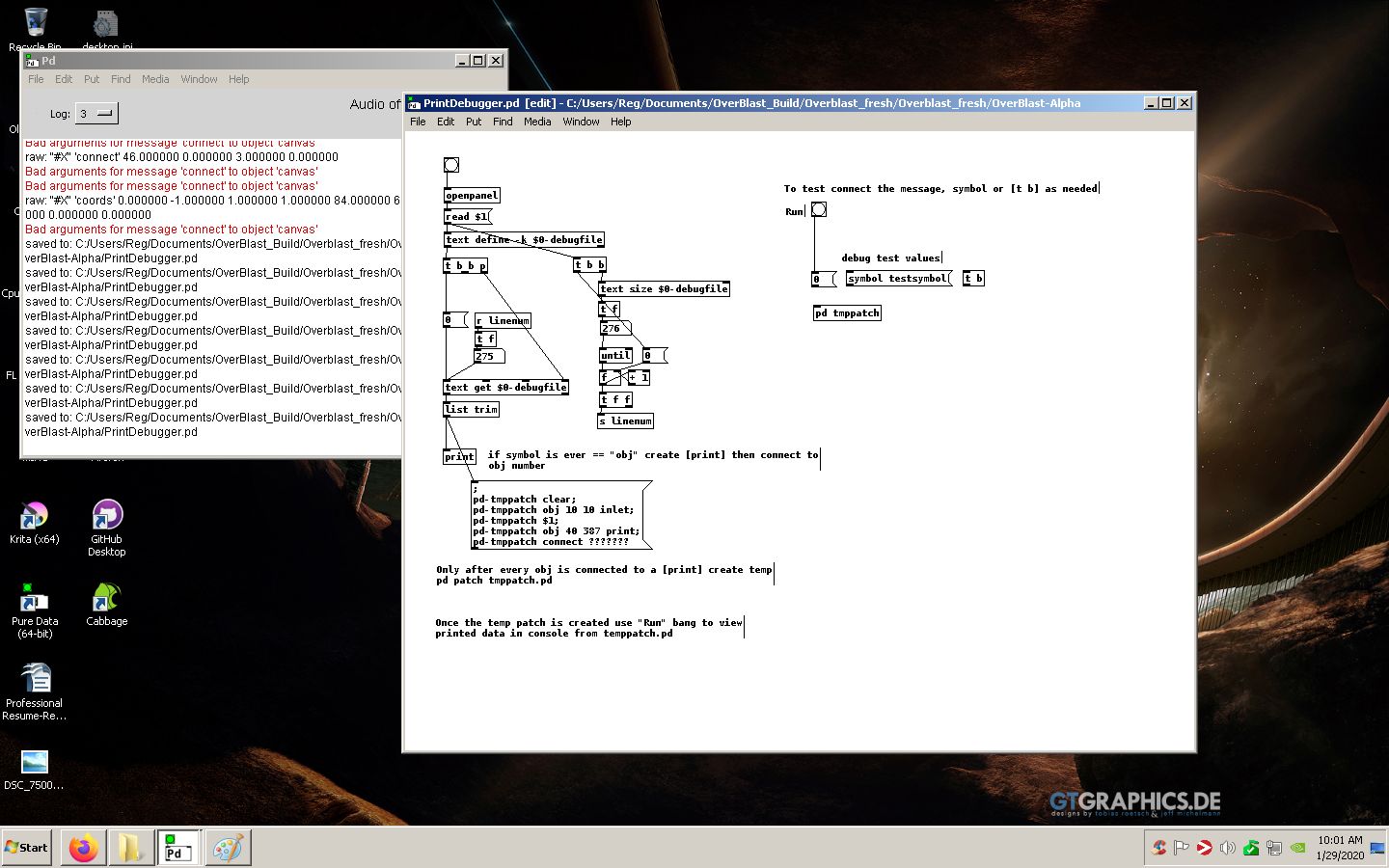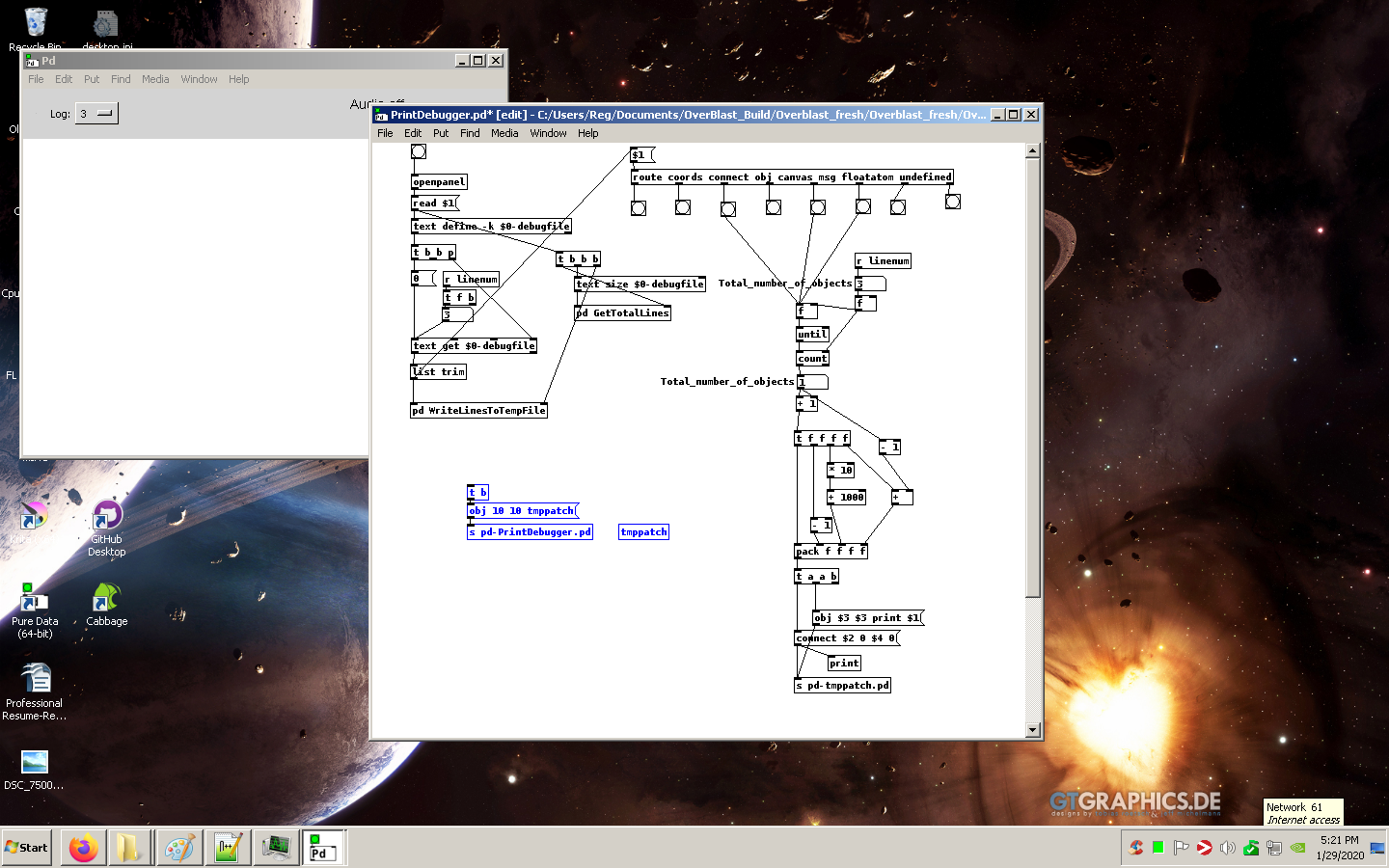@RetroMaximus Unfortunately there is no "index" of objects in the patch file.
When Pd opens a patch it gives them an index in their order in the list...... which is also the order in which they were put in the patch...... because that will determine the order of operations.
They appear as "obj x y" where x and y are where they appear in the patch window.... coordinates, not index.
BUT beware..... it is not just "obj" objects that count..... "floatatom" "msg"..... anything that has connections is counted.
The connect message is connect a b x y....... you see a load of them already at the bottom of the text file.
"a" is the object number to connect from starting at zero.
"b" is the outlet number of that object starting at zero on the left outlet.
"x" is the object number to connect to starting at zero.
"y" is the inlet number of that object to connect to starting at zero on the left inlet.
So with 2 objects only..... say [f] and [print]...... [connect 0 0 1 0(
With [route 1 2] and 2 [print] objects [connect 0 0 1 0( for the print of the left outlet of route and [connect 0 1 2 0( for the middle outlet.
That assumes you created [route] first and the prints afterwards.
Each object number starting at 0 is assigned in the order in which it was put in the patch.
You are going to have to count the objects in the patch to test before you start because the first [print] you put will have the next object number.
Actually you could just put a bigger number into my patch below...... a guess, but big.... and it will just throw more errors as it tries to connect [print] s together when it runs out of other objects to connect to.
debugger.zip
Of course it gets more complicated by an enormous factor when you want a [print] on all outlets of all the objects, but again, you could repeat connect messages for each object up to 10? outlets and suffer the console errors as it tries to connect to non existent outlets....... but then your print numbers will not match up with the object numbers.... hum.
David.





